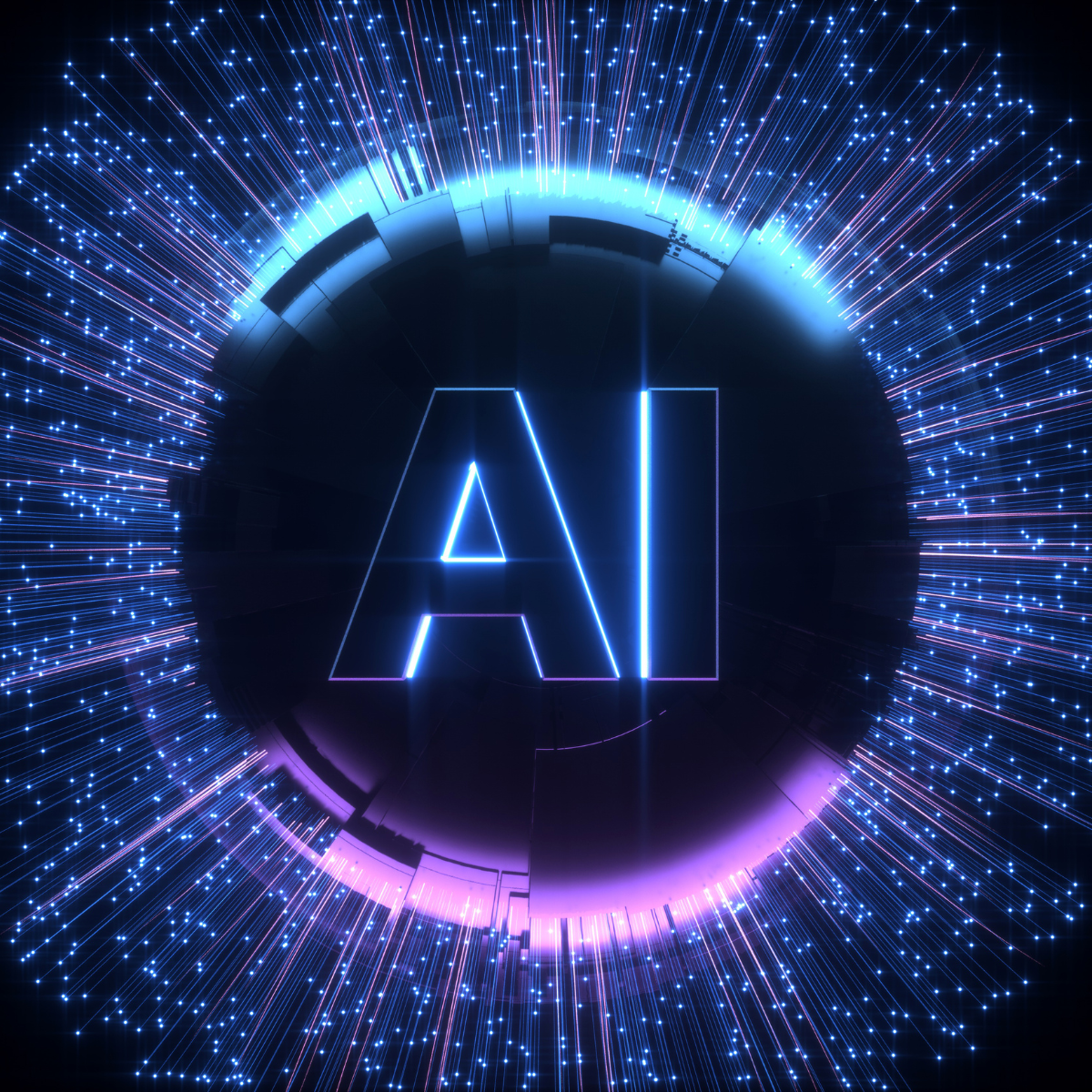
The rise of artificial intelligence (AI) is transforming the landscape of cybersecurity. Powerful AI algorithms and machine learning models have revolutionized the way organizations detect, analyze, and respond to increasingly sophisticated cyber threats.
By leveraging advanced statistical methods and neural networks, AI systems can monitor networks, endpoints, and cloud infrastructure in real time. They identify anomalies and detect potential intrusions by evaluating massive amounts of data across the IT environment.
This new technology has proven highly effective in discovering patterns indicative of cyber attacks and vulnerabilities that evade traditional signature-based tools. The ability to understand normal behavior for users and systems is key to quickly flagging any deviations that suggest malicious activity.
In addition to boosting threat detection, AI also plays a critical role in automating repetitive manual tasks in the security operations center. By handling time-intensive processes like filtering alerts and investigating lower-risk incidents, AI systems allow human analysts to focus their attention on higher-value cognitive activities.
The combination of heightened data protection and increased workflow efficiency has made AI indispensable for cybersecurity.
With real-time threat detection, algorithms continuously monitor networks, endpoints, and cloud environments to analyze activity and detect cyber threats as they occur. Powerful machine learning models can detect patterns indicative of attacks and vulnerabilities that traditional signature-based tools may miss. AI analyzes vast amounts of security data to identify anomalies and emerging threats in real time before significant damage can occur.
It also performs behavior analysis by establishing baselines for normal network activity. Any behaviors that deviate from the norm are flagged as suspicious. This allows even new threats that don’t match known signatures to be detected based on their abnormal actions. AI can quickly analyze historical data to discern behavior patterns and then monitor for outliers.
By handling mundane tasks like log analysis and threat alert prioritization, AI systems enable security analysts to focus their efforts on higher-priority functions. Automating aspects of the threat investigation workflow also accelerates response times. Overall, AI automation reduces human errors and frees up staff resources.
While traditional cybersecurity relied heavily on signature-based detection, AI offers a fundamentally different approach. Signature-based tools use pattern matching to detect threats that have already been identified and catalogued. This leaves organizations vulnerable to zero-day exploits and attacks that do not match existing threat signatures.
AI is able to go beyond signatures and static rules to detect anomalies and unfamiliar threats. By creating a baseline of normal behavior, AI can identify activities that deviate from the norm, allowing it to flag threats in real-time even if they have not been previously encountered. This data-driven approach reduces dependence on threat intelligence feeds and rules defined by security teams.
In addition, traditional tools often produce high rates of false positives that must be manually investigated by analysts. The supervised and unsupervised machine learning algorithms leveraged by AI are able to minimize false positives by discerning between truly anomalous events and normal activities that simply fall outside of narrow rule definitions. This frees up security teams to focus their efforts on actual incidents rather than chasing down false alarms.
Finally, AI excels at automating mundane and repetitive data analysis tasks that previously required manual effort. Tasks like log reviews, firewall log audits, vulnerability scanning, and malware analysis can be handed over to AI systems for greater efficiency. AI’s ability to work at computer speeds allows organizations to eliminate their manual analysis backlog and operate with greater agility. With AI reducing the manual burden, security teams can dedicate more of their skills and time towards higher value tasks.
Cybercriminals are constantly evolving their tactics and employing increasingly sophisticated methods to carry out attacks. As a result, the threat landscape has become more complex than ever before. To keep up, cybersecurity strategies must also advance. This is where artificial intelligence plays a critical role.
AI technologies allow security teams to detect never-before-seen threats that traditional tools miss. By analyzing behavior patterns and anomalies, AI can identify the telltale signs of advanced persistent threats (APTs), zero-day exploits, file-less attacks, and other emerging attack vectors. For example, AI can detect malicious behaviors that indicate attackers are performing reconnaissance within a network or attempting lateral movement. This ability to analyze behaviors rather than just signatures gives AI an edge over traditional rules-based detection tools.
AI is especially effective at combating cybercriminal tactics like polymorphic malware and “living off the land” attacks. Polymorphic malware constantly changes its code to avoid signature-based detection. AI behavioral analysis can identify these morphing threats based on their actions, not just their code. Similarly, AI can spot anomalous behaviors associated with living off-the-land attacks, where hackers use legitimate administrative tools to carry out malicious activities. By flagging these behaviors, AI technologies enable security teams to detect advanced threats that other systems miss.

As cyber criminals invest more resources in leveraging AI themselves, it has become imperative for organizations to fight back with AI-powered cybersecurity tools. Integrating this gives security analysts a way to combat fire with fire, bolstering defenses in the ongoing cyber arms race.
Through continuous learning and adaptation, these systems evolve as rapidly as modern threats, providing an essential capability for protecting against today’s advanced attacks as well as those still to come.
Want to learn more about how to use AI to protect your agency? Access our resources here.